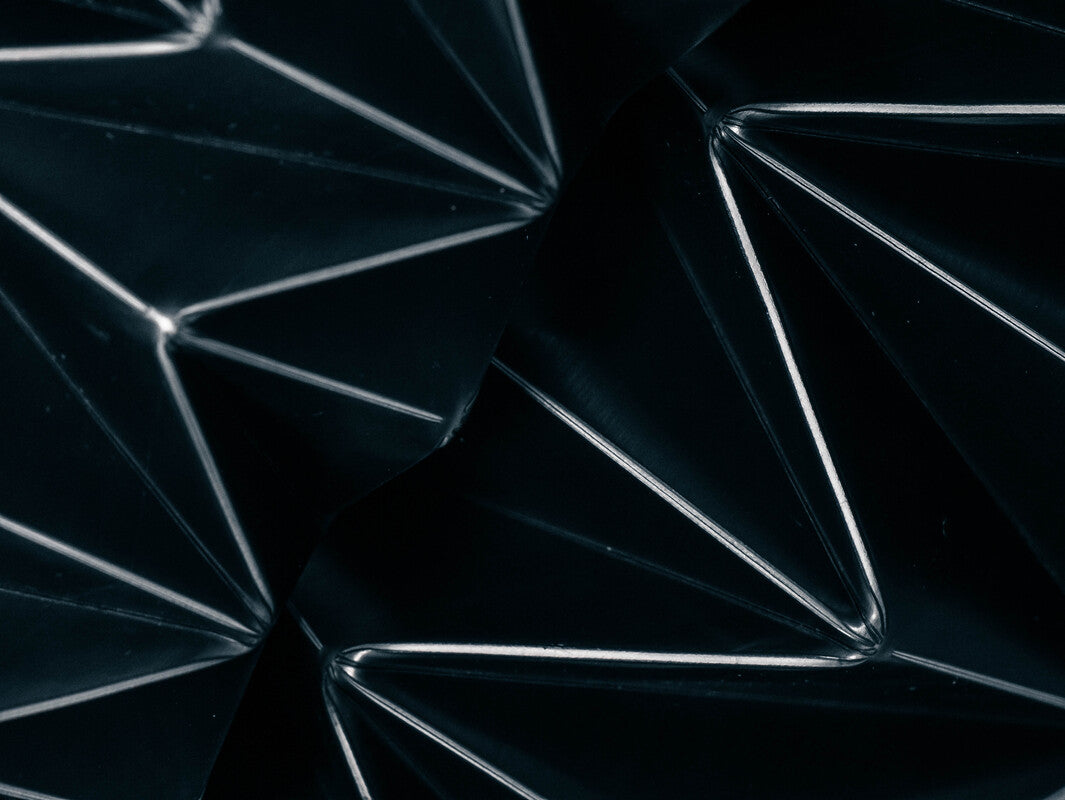The choice of material for protective bellows is not a decision to be taken lightly. These components play a vital role in defending your equipment against various external agents, whether dust, humidity or chemicals . A wise choice can significantly extend the life of your machines and improve their performance. On the other hand, a selection error can lead to costly breakdowns and production stoppages . In this article, we will guide you through the essential criteria for choosing the optimal material suited to your specific needs.
Why is the choice of material crucial?
Selecting the right material for a protective bellows directly influences the efficiency, safety and longevity of your machines. The wrong material can compromise the integrity of your equipment, increase maintenance costs and cause service interruptions. Understanding the specific requirements of each application is therefore essential to make an informed choice.
Understand your application requirements
Analysis of working conditions
Temperature
Protective bellows must often withstand extreme temperature variations. Some materials may deform or lose their mechanical properties at high or low temperatures, leading to malfunctions.
Humidity and exposure to water
If your usage environment includes high levels of humidity or frequent contact with water, materials should provide adequate resistance to water absorption . For example, a bellows used in a food industry must remain efficient even in constant contact with liquids.
Contact with chemicals
In certain sectors, bellows are exposed to various chemicals that can degrade them. It is therefore essential to choose materials compatible with the specific substances encountered.
Durability and longevity
Protective bellows must withstand rigorous conditions over a long period of time without deteriorating. Their durability is a key performance factor, particularly in demanding industrial environments where equipment must operate without interruption.
Frequency of use
The frequency of use of protected equipment may influence the choice of material. Bellows subjected to frequent movements must be particularly resistant to mechanical wear. Think about conveyor systems in a factory: they require materials that can withstand heavy use.
UV exposure and weather resistance
For exterior applications, materials must be resistant to ultraviolet rays and varied weather conditions. Prolonged UV exposure can cause premature degradation.
Abrasion and mechanical wear
Bellows can be exposed to constant friction, requiring materials with high abrasion resistance to extend their life. In a production line, friction and frequent contact with other surfaces place high demands on the wear resistance of bellows.
The most commonly used materials
Polymers and plastics
Advantages and disadvantages
Polymers represent approximately 40% of the materials used in protective bellows due to their flexibility and chemical resistance ( Source: MarketsandMarkets). Polymers provide excellent flexibility and resistance to chemicals. However, their durability may be limited in extreme temperature conditions . At Eclore, we offer Polypropylene, Nomex and Kapton bellows, with operating temperatures ranging from −269 to 400°C.
Ideal applications
Polymers are often used in environments where chemical resistance and flexibility are crucial. Thanks to Eclore's origami folding technology, we offer greater flexibility and space optimization, perfect for industries requiring compact and efficient solutions.
Rubber and elastomers
Resilience and flexibility
Rubber and elastomers are renowned for their ability to regain their shape after deformation, making them ideal for applications requiring high flexibility.
Common usage scenarios
These materials are frequently used in the automotive and manufacturing sectors, where resilience and abrasion resistance are essential. Imagine the protective boots on the steering axles of cars: they must be both flexible and durable to guarantee the safety and performance of vehicles.
Metals and alloys
Durability and mechanical resistance
Metals offer superior mechanical strength and excellent durability. However, they can be prone to corrosion and are generally heavier and less flexible.
Limitations and constraints
Their use is often limited by their weight and their propensity to corrosion, requiring specific surface treatments. For example, in the aerospace industry, where every gram counts, metals must be chosen carefully to balance durability and lightweight.
Technical fabrics
Adaptability and versatility
Technical fabrics offer great versatility, being able to be treated to resist various chemical agents and environmental conditions.
Examples of use
Technical fabrics, such as Nomex, are used in 15% of protective bellows due to their lightness and adaptability, especially in the aeronautics and space sectors ( Source: Technical Textiles ) . Technical fabrics can be customized to meet very specific needs, such as flame or abrasion resistance.
Current innovations and trends
New materials and technologies
Composite materials
Composites combine lightness and robustness, opening new perspectives for protective bellows.
Nanotechnology
Advances in nanotechnology are enabling the development of materials with improved properties, such as wear and chemical resistance, and waterproofing. Imagine bellows with nanometric coatings, increasing their durability and performance.
Sustainable development and eco-design
Sustainable industrialization pushes the use of recyclable and ecological materials, reducing the carbon footprint of equipment. The selection of ecological materials contributes to the preservation of the environment and meets growing expectations in terms of corporate social responsibility (CSR). At Eclore, we study the life cycle of the bellows from launch to recycling so that it can be reused subsequently.
Specific needs assessment
Calling on experts can offer valuable advice for optimal material selection. Our engineers at Eclore are at your disposal to assess your specific needs and propose tailor-made solutions.
Testing and prototyping
The tests make it possible to validate the choices of materials in real conditions before they are put into service. Prototyping helps identify possible weaknesses and refine choices for optimal performance.
The choice of material for protective bellows must be based on a rigorous analysis of the conditions of use and specific requirements. Temperature resistance, chemical compatibility, flexibility and durability are determining criteria.
Do not hesitate to contact us so that we can meet your specific needs. At Eclore, we are at your disposal to offer you tailor-made solutions and optimize the performance of your equipment.

